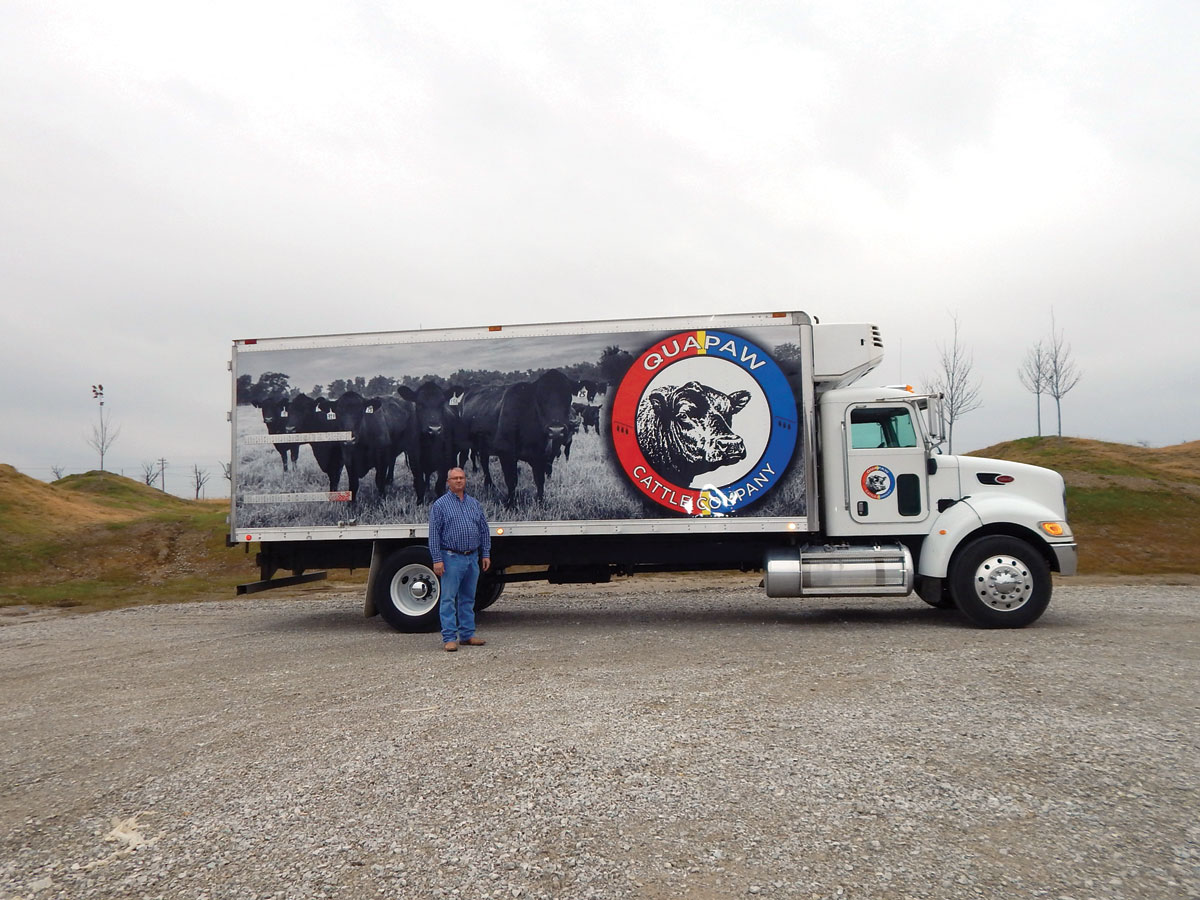
The Quapaw tribe develops agriculture programs to better utilize their lands
Many travel to Northeast Oklahoma to enjoy the exciting venues of the numerous casinos sprinkled about the region. There are roughly 39 federally recognized Native American tribes that call the state home. Of those, nine tribes reside in the Northeast corner alone.
One tribe, the Quapaw, originated in the Mississippi River region of eastern Arkansas. The tribe was called Arkansas by the French in the late 1600s, leaving a legacy to the state that still bears the name, as does the nearby river.
History does not sugar coat the fact that Native Americans were forcibly relocated to land considered wasteland. However, the Quapaw tribe has taken positive steps to not only lift their tribal members but to also kindle a vision that is quickly becoming a benchmark for other tribes across the nation.
The Quapaw, under the leadership of Chairman John L. Berrey, have chosen to reach out to their neighbors in the region through regenerative processes, hands-on quality control of their products and revitalization of tribal lands.
Quapaw Tribe Agricultural Director Chris Roper began working as the construction supervisor at the site of the tribe’s Downstream Casino in 2007 but soon transitioned into something much larger as part of Berrey’s vision for the tribe’s future.
John’s vision to give back to community, specifically the tri-state area, is built on restoring, reviving and replenishing a balanced “farm-to-table” model with various programs built on the most natural practices possible. While the tribe owns thousands of acres in all four states, the blossoming agricultural programs centers on approximately 5,000 acres.
John is very active in the advancement of the tribe’s ag programming and traveled to Washington D.C. to meet with U.S. Secretary of Agriculture Sonny Perdue about issues, not just those specific to the tribe, but also to agriculture in general, such as the Farm Bill.
In 2010, the tribe began their bison program, with current numbers standing at 140 head. The tribe soon followed with development of a 700-head black Angus herd. All the meat is hormone free and as natural as possible. Utilizing their meat products in their restaurants, cultural programs, daycare and senior centers, as well as retail locations, has saved a significant amount of money.
Highlighting their commitment to advancing diverse agricultural practices, a 25,000-square-foot, state-of-the-art meat processing facility was developed to control product quality, cost effectiveness and decrease animal stress.
The cattle are fed on grass via a network pastures that transition into 10 different holding pens where they supplement as necessary. The finishing stages often utilize Bermuda hay and silage bringing them to an “A-quality level of maturity.”
“We don’t necessarily grow the program to meet a retail need because the cost that it takes to produce a lot of products is high. So, we gear our products to commercial customers, so we can deal in volume, which works out better,” Chris said.
However, the meat is sold at their retail locations, along with other products.
The FDA-approved facility is the first of its kind to be solely owned and operated by a Native American tribe. And building on the vision of giving back to community, the facility also serves as a training ground for students who desire to learn about cattle production and meat grading.
Another program developed is the horticulture program, headed up by Gilbert Johnston. Originating from the maintenance needs of the 37 acres of landscaping and building off the farm-to-table concept, several greenhouses were constructed featuring cut flowers, naturally grown herbs and vegetables.
In addition, there are nearly 100 bee hives, with 65 actively producing honey for use in spas, restaurants and for retail sales.
The tribe also utilizes a goat herd for weed control and to eliminate over use of chemicals.
Not shying away from thinking outside the box, the tribe also grinds and develops their own coffee blends at their roasting facility for use in the Ma-Ko-Sha Coffee Shop and retail sales.
Diversifying their business model has proven their greatest accomplishment and tackling challenges has led to the Quapaw’s to effort reclaim the nation’s number one Superfund site centered on 40-square acres of tribal land at what once was Pitcher, Okla. Making them the first Native American contractors to take on such a massive task, creating hundreds of acres of productive pasture.





